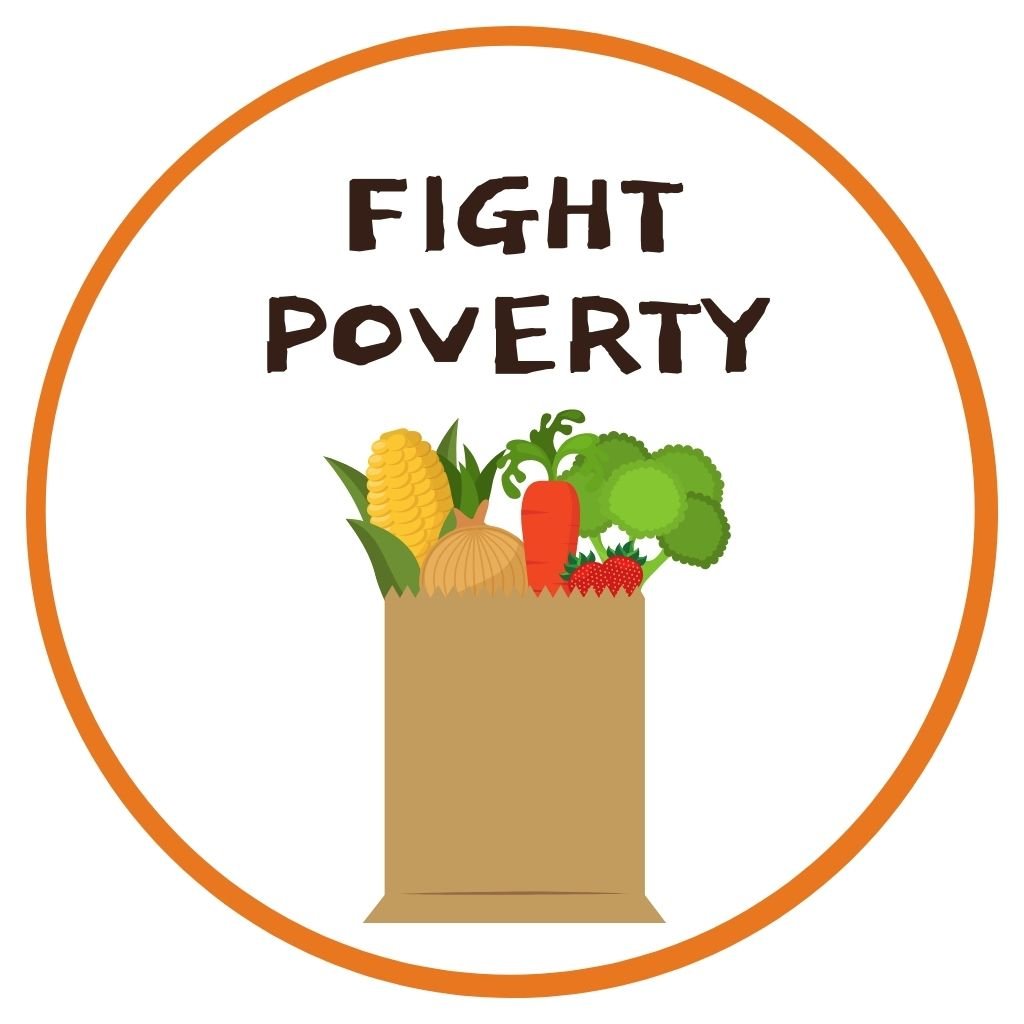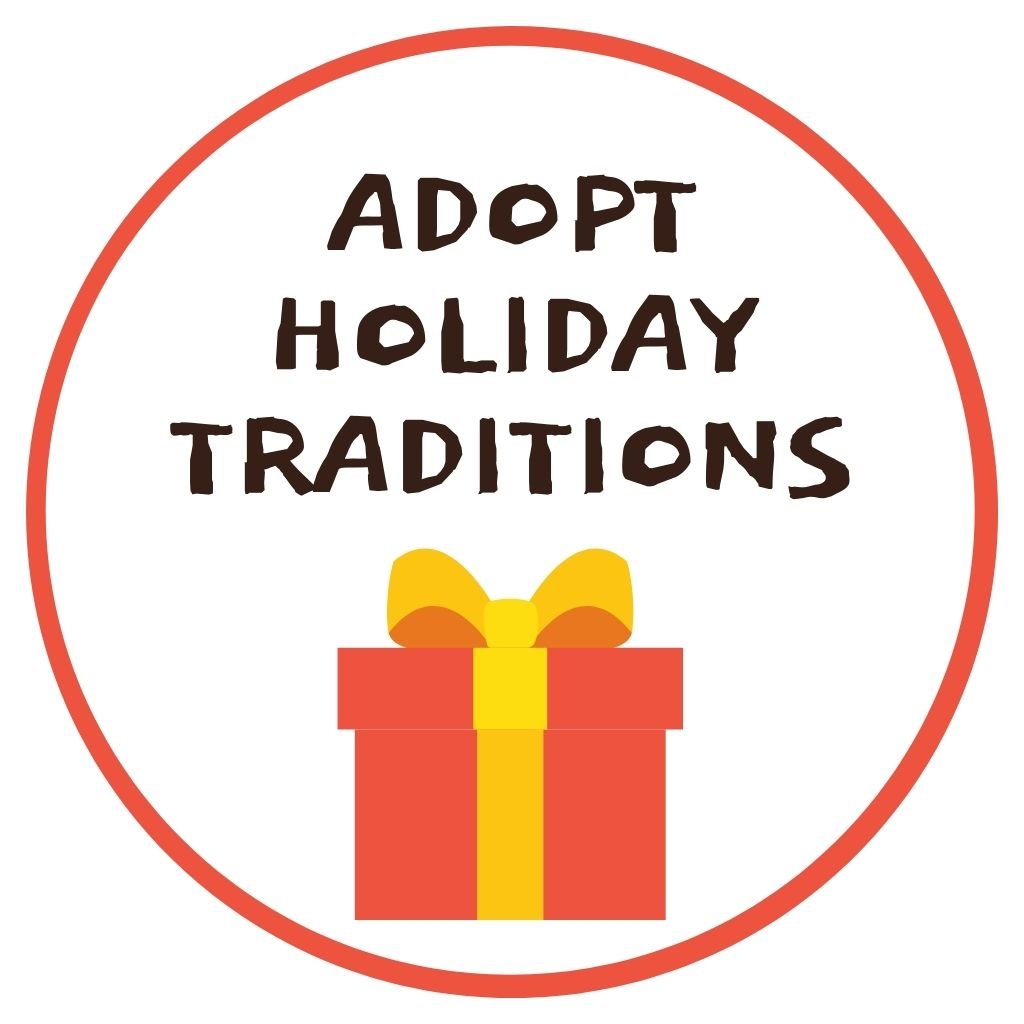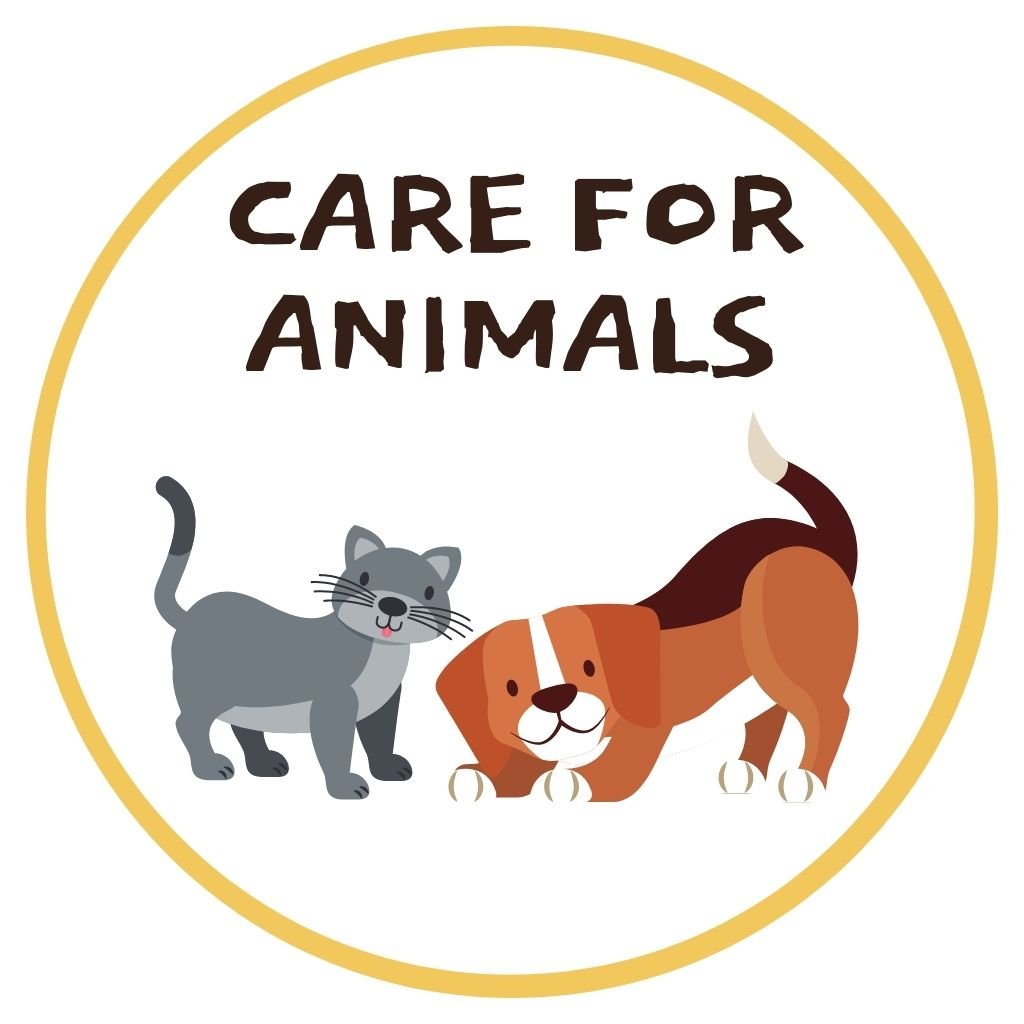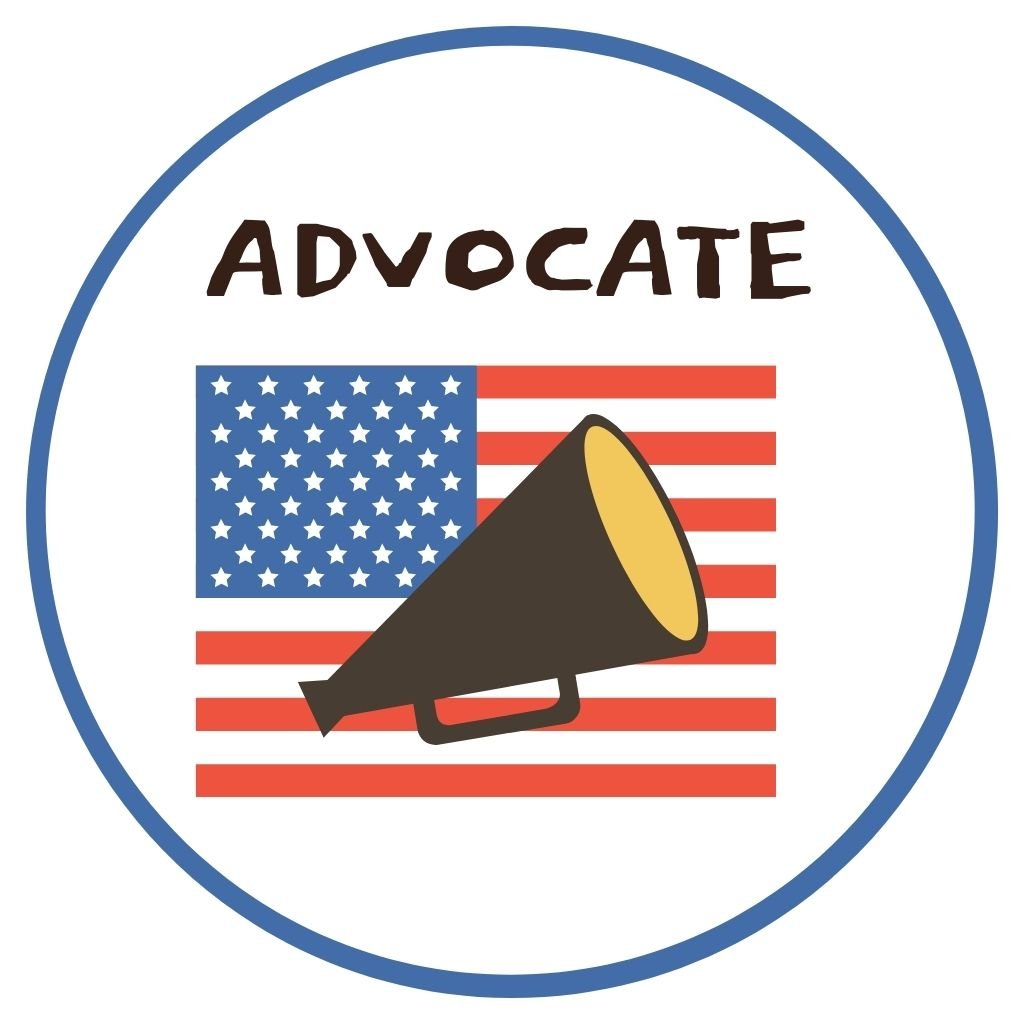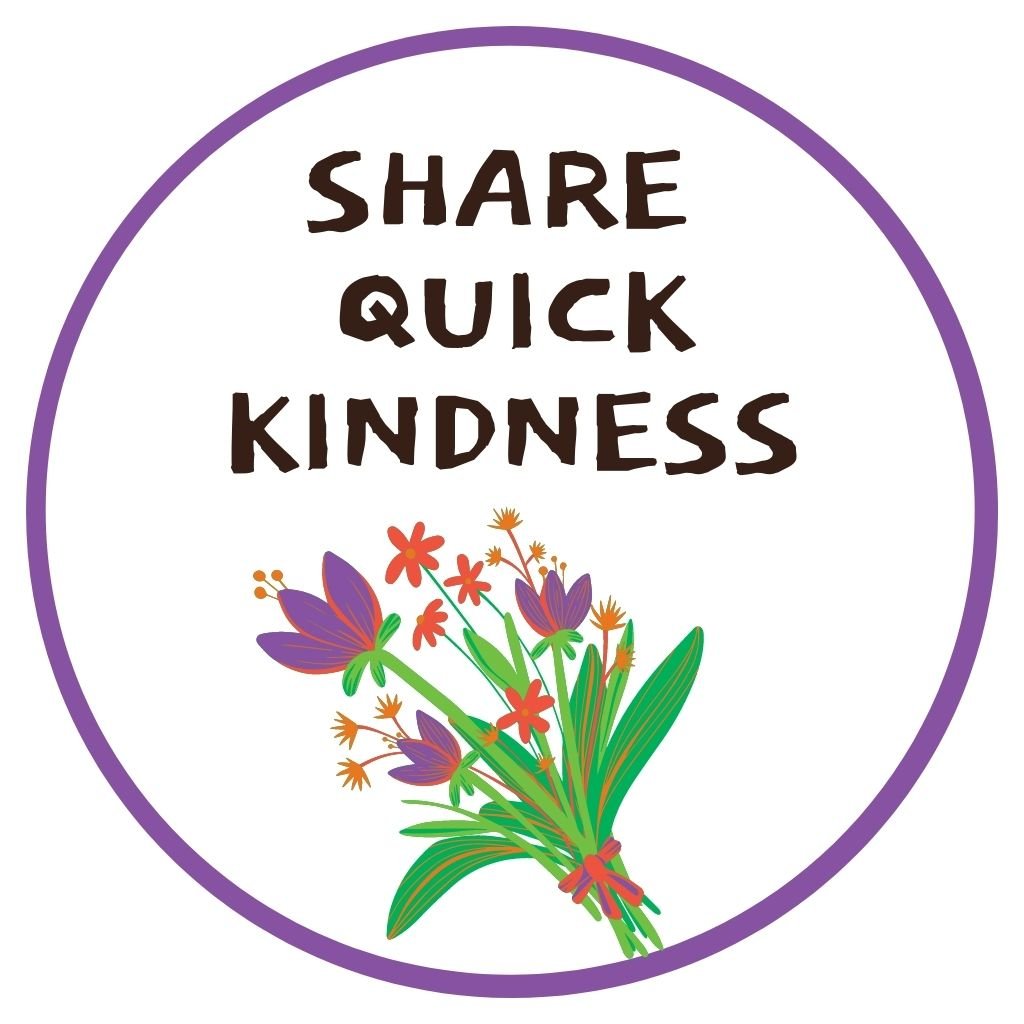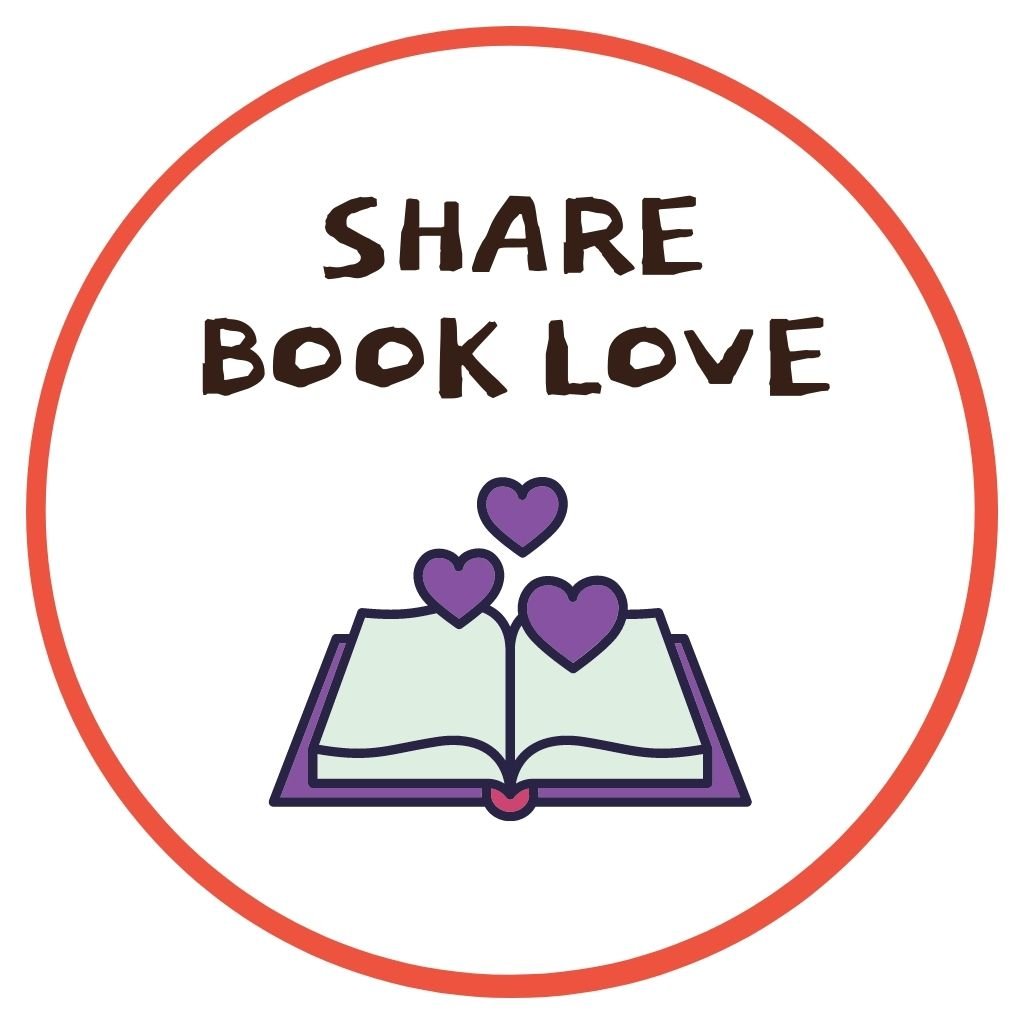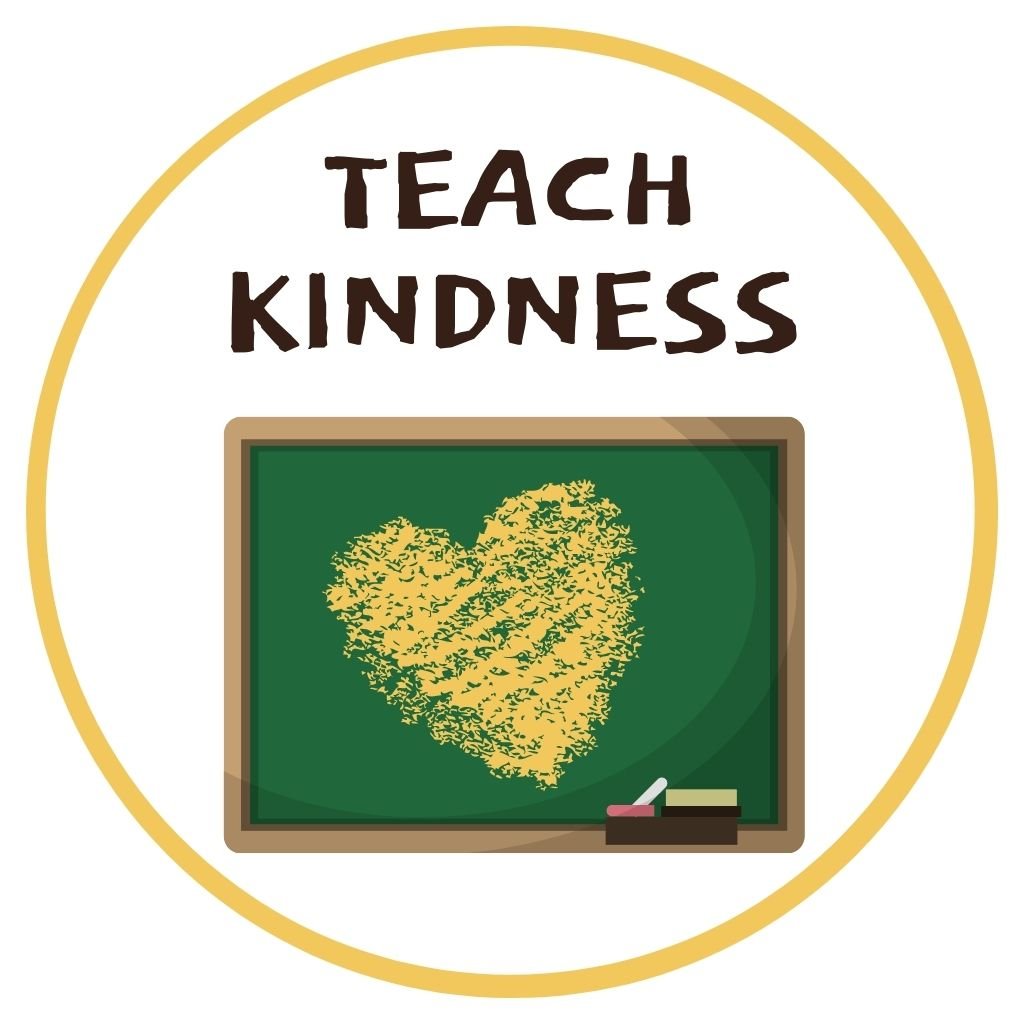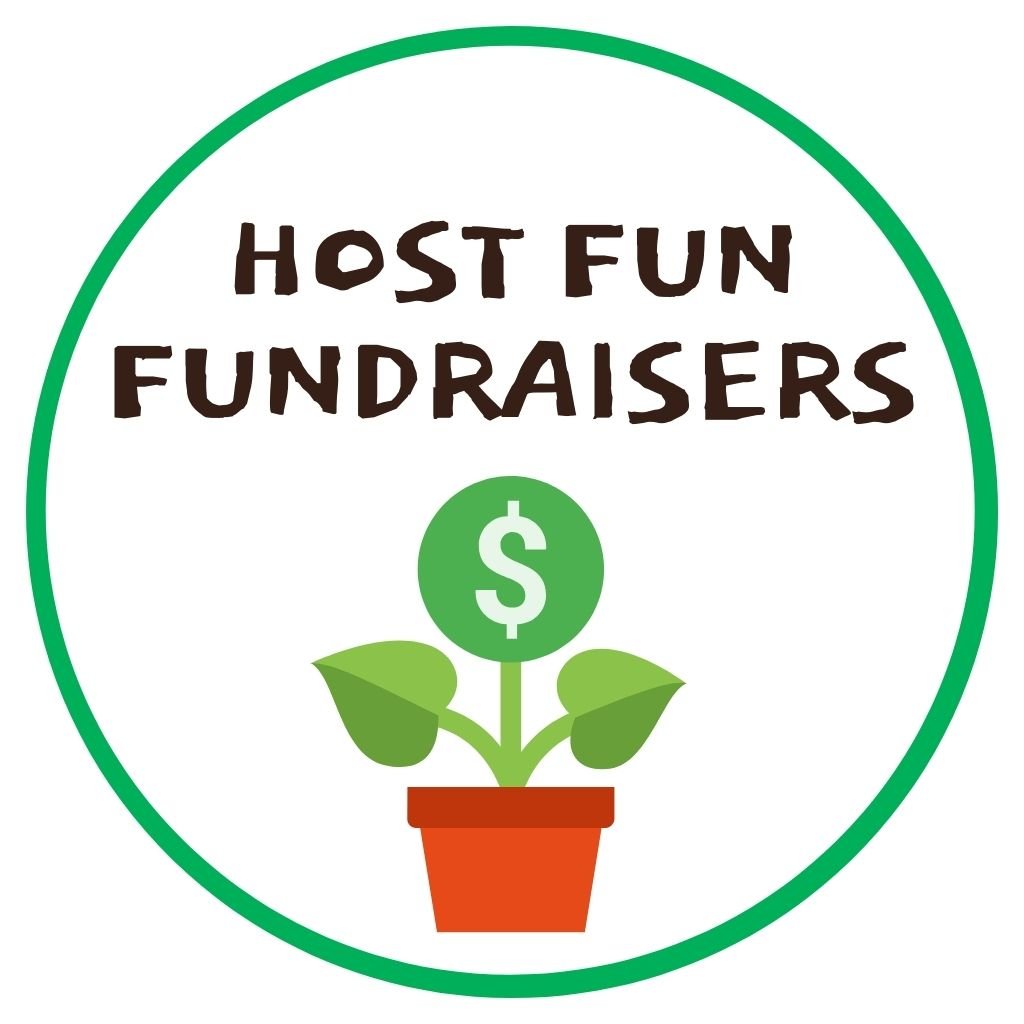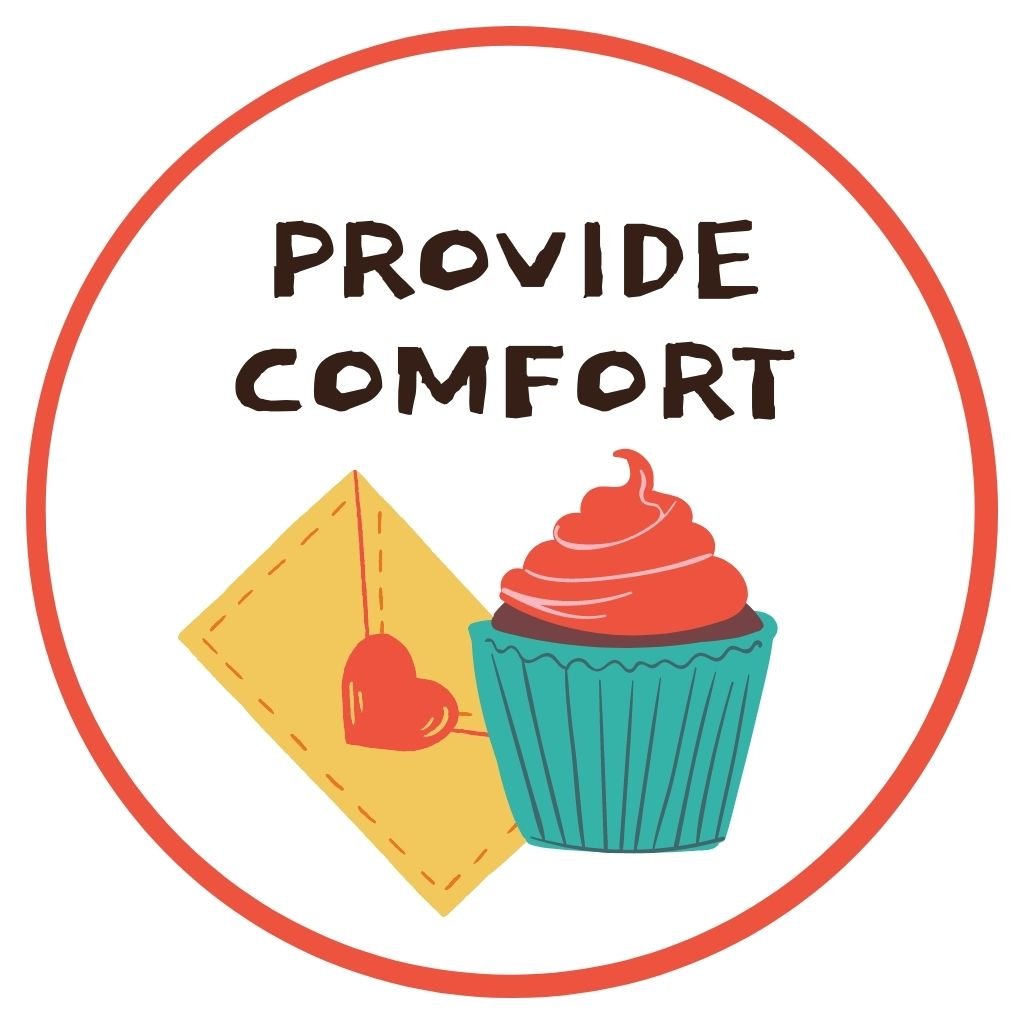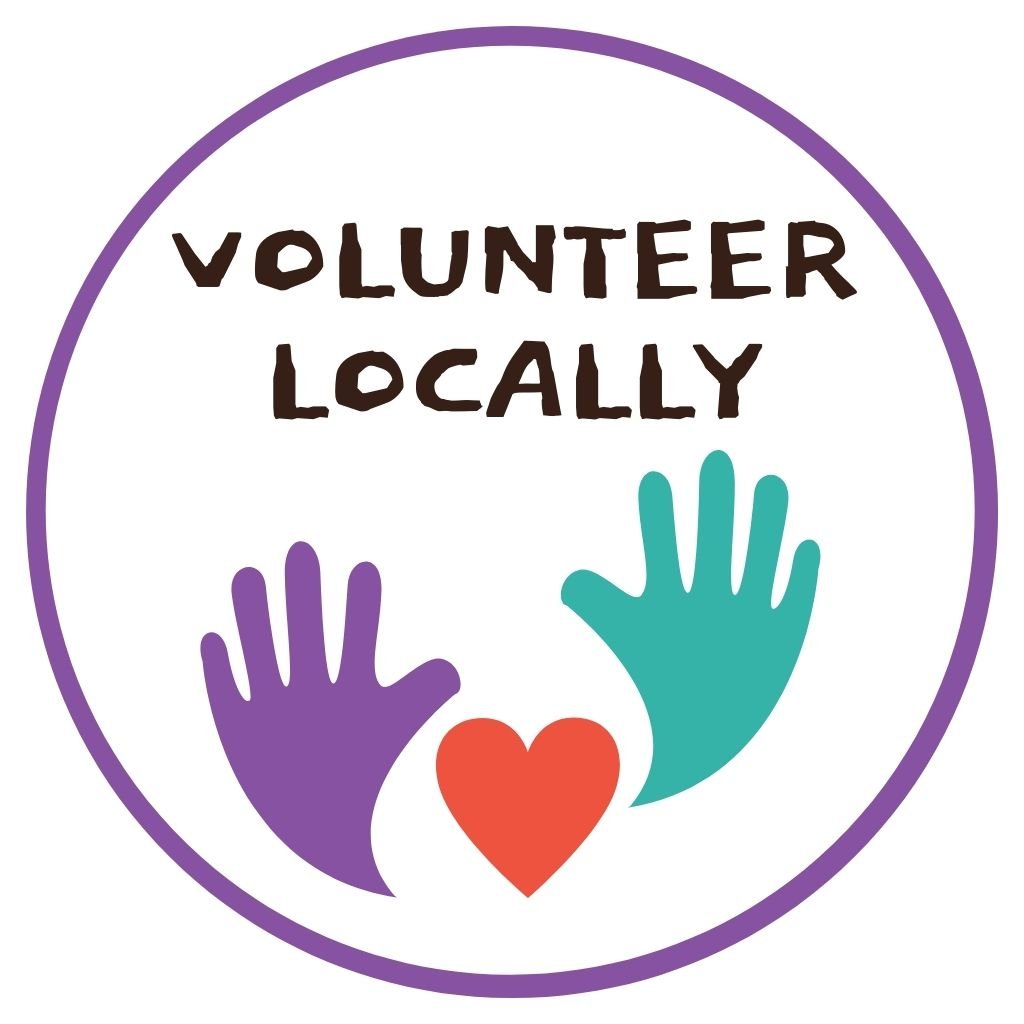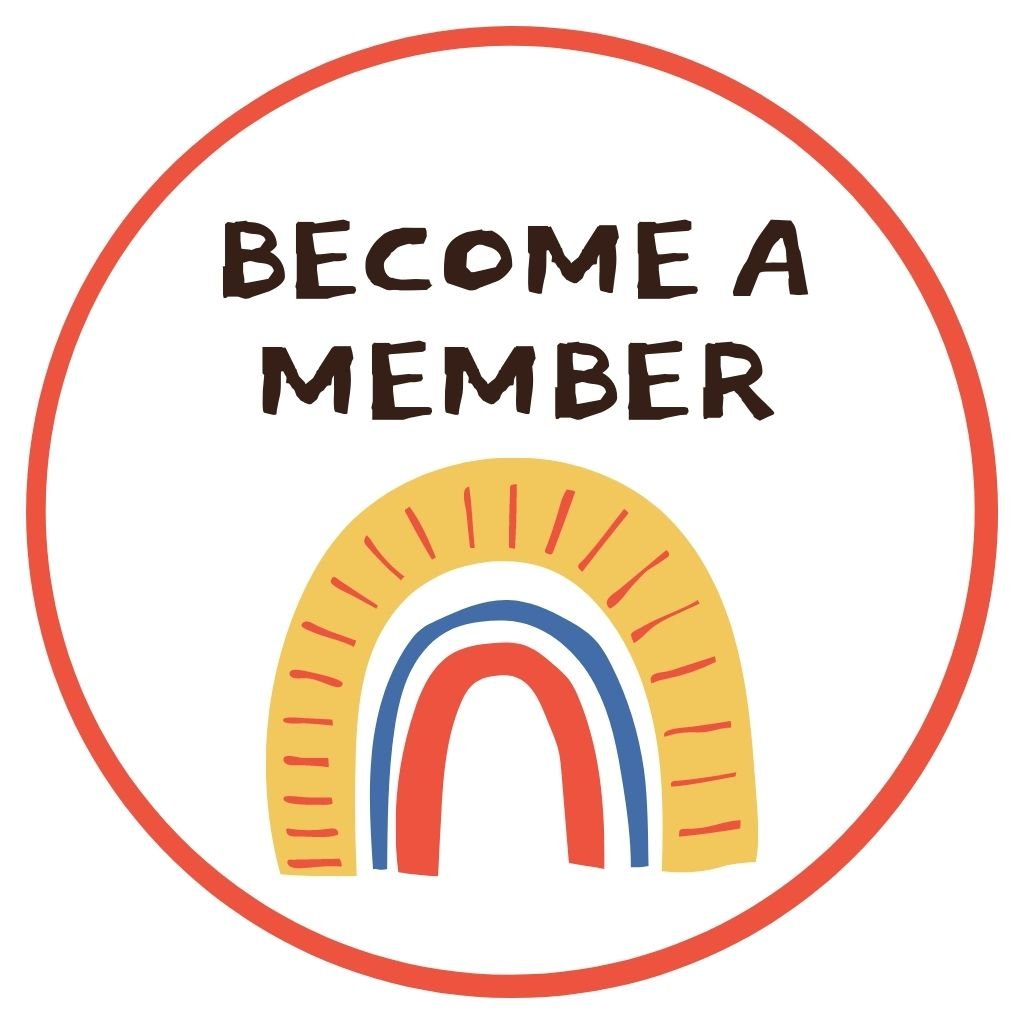Assemble colorful habitat starters to support pollinators.
These compostable, natural balls of clay will hold seeds until they break down in the sun, air, and weather, unleashing a colorful, nutritious treat for pollinators.
Possible Recipients
Mix up a batch of seed bombs to plant in your backyard! Share them with friends. Work with your school or youth group plant them around your organization’s campus. Or try your hand at guerilla gardening!
What you’ll need
Avoid commercial wildflower mixes, as they are likely to contain invasive species.
Avoid commercial wildflower mixes, as they are likely to contain invasive species.
Dry clay powder (like this from Seed-balls.com)
Variety of native seeds from your area (Note: this is important! Call a local nursery for guidance!) Here are helpful tools:
Xerces Society for Invertebrate Conservation offers pollinator-friendly seed lists for regions across the U.S.
Xerces Milkweed Seed Finder connects you with local milkweed plants and seed sellers. Did you know there are 73 varieties of native milkweed?
MJV Plant Vendor Map illustrates quality vendors across the U.S.
Compost, manure, or worm castings
Water
Measuring cups, a bowl or bucket, and large spoons for mixing
Instructions
This beautiful book will inspire your young seed bomb makers and introduce more creative ways your family can support a strong monarch population and connect with bug life.
Plan your measurements in a ratio of 5 parts clay - 1 part compost - 1 part seeds
Mix compost and seeds well.
Add dry clay.
Slowly add water, a few tablespoons at a time, and mix until a moist but not wet meal forms and can be pressed together. If you add too much water, add clay to get the proper consistency.
Flatten dough and cut it into equal parts.
Roll each part into a ball about the size of a ping pong ball.
Dry the balls until ready to disseminate to your destination.
Give your seed balls their best chance to germinate by sinking them about halfway in the surrounding soil, especially if planting in a backyard or school campus. Watch for results!
If guerilla gardening, use native milkweed seeds and toss them under power lines or along roadsides.
Reflections
How important are pollinators, anyway? Check out this National Geographic video to learn the answer.
How do you feel when you see a butterfly or a bee pollinating a flower?
Take it further
Raise and release your own monarch butterflies with this step-by-step guide.
Monarch Joint Venture offers this extensive list of community science efforts as well as this list of tools for kids.
Resources
Discover more titles to inspire your next project to heal the earth with this growing list.
Monarch Butterflies: Explore the Life Journey of One of the Winged Wonders of the World by Ann Hobie
This beautiful new book will inspire your young seed bomb makers and encourage close observations of your pollinator neighbors.Flowers are Calling by Rita Gray
The perfect tool to illustrate the symbiotic relationship between creatures and flowers.Begin with a Bee by Liza Ketchum
This poetic, life-cycle study of bumblebees encourages readers to recognize the part we all play in protecting the natural world.Browse the projects in our Big-Hearted Families Tookit!
Disclaimer: Doing Good Together™ is a participant in the Amazon Services LLC Associates Program, an affiliate advertising program designed to provide a means for sites to earn advertising fees by advertising and linking to Amazon.com.
The recommendations we offer are based solely on our mission to empower parents to raise children who care and contribute.





